This article briefs you about what is machine learning, why doing ML Projects for Final Year are so important, some of the few Machine Learning Projects for Final Year done by Takeoff Projects along with the top ML projects.
What is Machine Learning (ML)?
A subfield of artificial intelligence (AI) and computer science called machine learning focuses on using data and algorithms to simulate how people learn, progressively increasing the accuracy of the system.
Why to do ML Projects for Final Year?
Machine learning is significant because it aids in the creation of new goods and provides businesses with a picture of trends in consumer behavior and company operating patterns. A significant portion of the operations of many of today's top businesses, like Facebook, Google, and Uber, revolve around machine learning.
It is usually beneficial to have a practical understanding of whatever technology you are developing. Although textbooks and other study resources will give you all the information you need to know about any technology, working on actual projects is the only way to truly master that technology. You may obtain all the practical skills you need to advance in your profession and increase your employability in the market with the aid of these machine learning project ideas. These machine learning projects can be created using any software, including Python, R, and others.
Few Machine Learning Projects for Final Year
This section gives the Machine Learning Projects for Final Year based on the brief descriptions and explanations about the top ML Projects done by the Takeoff Projects.
PDD Predictive Diabetes Diagnosis using Data mining Algorithms
Predictive analytics are mostly utilised in the healthcare industry to identify people who are in the early stages of diabetes, asthma, heart disease, and other serious lifelong diseases. Data mining techniques are used in the PDD approach to forecast type 2 diabetes. The suggested system employs K-Means Clustering and Random Forest as data mining methods. In terms of accuracy, PDD's predictive model outperforms hierarchical clustering and Bayesian network clustering with random forest prediction.
Click here for the detailed information of the project.
Application Research of Clustering Algorithm Based on K-Means in Data Mining
The study tests the effectiveness of clustering in data mining and examines characteristics. It also applies the significance and general techniques of data mining. The fundamental ideas and methods used to create a k-tools-based clustering algorithm were also discussed. Finally, the findings provide information on teacher satisfaction using a clustering technique based on K-paths and an SPSS model-based data mining platform.
Click here for the detailed information of the project.
A Novel Web Scraping Approach Using the Additional Information Obtained From Web Pages
It is suggested to use UzunExt's innovative way to extract content rapidly utilising string methods and additional data without building a DOM Tree. The string methods use the following sequential steps: finding a particular pattern, counting the closing HTML elements for that pattern, and then extracting content for that pattern. This innovative approach's string operations retrieve data around 60 times more quickly than the DOM-based method does.
Traffic Incident Detection Method Based on Factor Analysis and Weighted Random Forest
The creation of a factor analysis and weighted random forest (FA-WRF) based traffic event identification technique. The dimension of the initial incident variables is reduced using the factor analysis (FA) approach. Common metrics used to assess detection performance include detection rate, false alarm rate, categorization rate, and area under the receiver operating characteristic curve (AUC). The incident data, which accounts for 6.5% of the location detector data from the freeway, shows an usual imbalance.
Click here for the detailed information of the project.
Effect of Data Parameters and Seeding on k-Means and k-Medoids
A collection of various data objects is categorised as comparable things by clustering. A cluster of data is a group. In a cluster analysis, the data sets are separated into several groups based on how similar they are. The two most often used clustering techniques are k-means and k-medoids. An empirical investigation on the relative (de)benefits of these two approaches was published. We compared how they performed in various data scenarios. A systematic technique was used instead of choosing initial cluster centres at random, and its impact was evaluated.
Click here for the detailed information of the project.
Check for more Machine Learning Final Year Projects here.
Also check : Projects for MCA Students in Java
Top ML Projects
Some of the top ML projects done by the Takeoff Projects in these areas are listed below.
Sentiment Classification from Text Using Deep Learning Algorithm
Detection of Chronic Kidney Disease using Machine Learning and Deep Learning Algorithms
Detecting and Characterizing Extremist Reviewer Groups in Online Product Reviews
Deep Analysis of Autism Spectrum Disorder Detection Techniques
Fraud Detection in Credit Card Data using Unsupervised Machine Learning Based Scheme
Electricity Price Forecasting for Cloud Computing Using an Enhanced Machine Learning Model
Analysis for Disease Gene Association Using Machine Learning
A Novel Ensemble Learning Paradigm for Medical Diagnosis With Imbalanced Data
Construction of Machine-Labeled Data for Improving Named Entity Recognition by Transfer Learning
Image Reconstruction: From Sparsity to Data-Adaptive Methods and Machine Learning
A Comparative Approach to Predictive Analytics with Machine Learning for Fraud Detection of Realtime Financial Data
CLEMENT: Machine Learning Methods for Malware Recognition Based on Semantic Behaviours
An Experimental Study for Software Quality Prediction with Machine Learning Methods
Hazard Identification and Detection using Machine Learning Approach
Predicting Flight Delays with Error Calculation using Machine Learned Classifiers
Advanced Prediction of Performance of A Student in An University using Machine Learning Techniques
Novel XGBoost Tuned Machine Learning Model for Software Bug Prediction
COVID-19 Future Forecasting Using Supervised Machine Learning Models
Towards Real-Time Eye blink Detection in the Wild: Dataset, Theory and Practices
Constrained Voting Extreme Learning Machine and its Application
A Study of Machine Learning Techniques on Clustering, Classification and Regression
Detection of Distributed Denial of Service Attacks in SDN using Machine learning techniques
Efficient Prediction of Cardiovascular Disease Using Machine Learning Algorithms With Relief and LASSO Feature Selection Techniques
An Enhanced Ensemble Diagnosis of Cervical Cancer A Pursuit of Machine Intelligence Towards Sustainable Health
A Novel Machine Learning Based Screening Method for High-Risk Covid-19 Patients Based on Simple Blood Exams
Sentiment Classification from Text Using Deep Learning Algorithm
Hybrid Machine Learning Classification Technique for Improve Accuracy of Heart Disease
Multi class Prediction Model for Student Grade Prediction Using Machine Learning
Detecting the Security Level of Various Cryptosystems Using Machine Learning Models
A Survey on Machine Learning Techniques For the Diagnosis of Liver Disease
Sentiment Analysis of Lockdown in India During COVID-19 A Case Study on Twitter
Personal Loan Fraud Detection Based on Hybrid Supervised and Unsupervised Learning
Predicting Clinical Re-admission Using Discharge Summaries (PCRUDS)
A Presentation on Techniques Used for Analyzing and Detecting Fraud Patterns (DBSCAN Algorithm)
Intrusion Detection of Imbalanced Network Traffic Based on ML and DL
AI Based Prediction of Crop Harvesting by Using Essential Fertilizers
Students Performance Prediction in Online Courses Using Machine Learning Algorithms
Credit Card Fraud Detection Using Fraud Detection Using LGBM
Machine Learning-based Risk of Hospital Readmissions Predicting Acute Readmissions within 30 Days of Discharge
A Novel Ensemble Learning Paradigm of Medical Diagnosis with Imbalanced Data
A Comparative Approach to Predictive Analytics With ML For Fraud Detection of Real Time Financial Data
Predictive Analytics with Machine Learning for Fraud Detection of Online Marketing Transactions
Advanced Prediction of Performance of a Student in an University using ML Techniques
A Comparative Study of Early Detection of Parkinson’s Disease using Machine Learning Techniques
Deep Analysis of Autism Spectrum Disorder Detection Techniques
An Experimental Study for Software Quality Prediction with Machine Learning Methods
A Machine Learning Technique to Detect Behaviour Based Malware
Check for more Machine Learning Projects with Source Code here.
Check for more ML Projects for Final Year here.
Check for more Innovative Machine Learning Projects here.
Conclusion
This blog article gives you about some basic meaning of the machine learning. Then the reason behind their significance is also stressed in “Why to do ML Projects for Final Year”. Then it gives brief explanations about the few Machine Learning Projects for Final Year. Then top ML projects for final year done by Takeoff Projects are provided at the end.
Also check : MCA Final Year Project Topics
Why Takeoff Projects? How can it help with the ML Projects for Final Year?
Computer science and machine learning are the specialty and professional area of expertise at Takeoff Projects. Takeoff Projects has helped a lot of students accomplish their projects in a range of sectors. We can effectively complete your Machine Learning Projects for Final Year in the allowed time. We also offer help and guidance to ML Projects for Final Year as well. You can choose from our list of Machine Learning Projects for Final Year or come up with your own ML Projects.
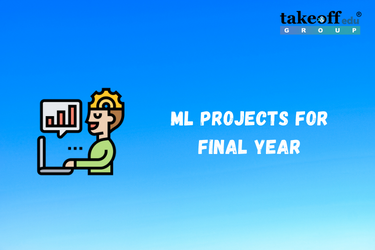
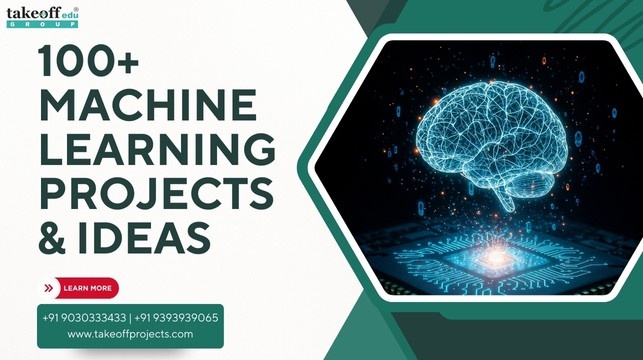 100+ Machine Learning Projects & Ideas for Students
100+ Machine Learning Projects & Ideas for Students  Top 10 Innovative AI Project Ideas for Final Year Students
Top 10 Innovative AI Project Ideas for Final Year Students  Explainable Artificial Intelligence (XAI) in the Era of Black Box Foundation Models
Explainable Artificial Intelligence (XAI) in the Era of Black Box Foundation Models  Personalized AI Companions: A new wave of Emotional Intelligence in GenAI
Personalized AI Companions: A new wave of Emotional Intelligence in GenAI  Responsible GenAI: Guardrails, Bias Control, and Alignment Techniques
Responsible GenAI: Guardrails, Bias Control, and Alignment Techniques 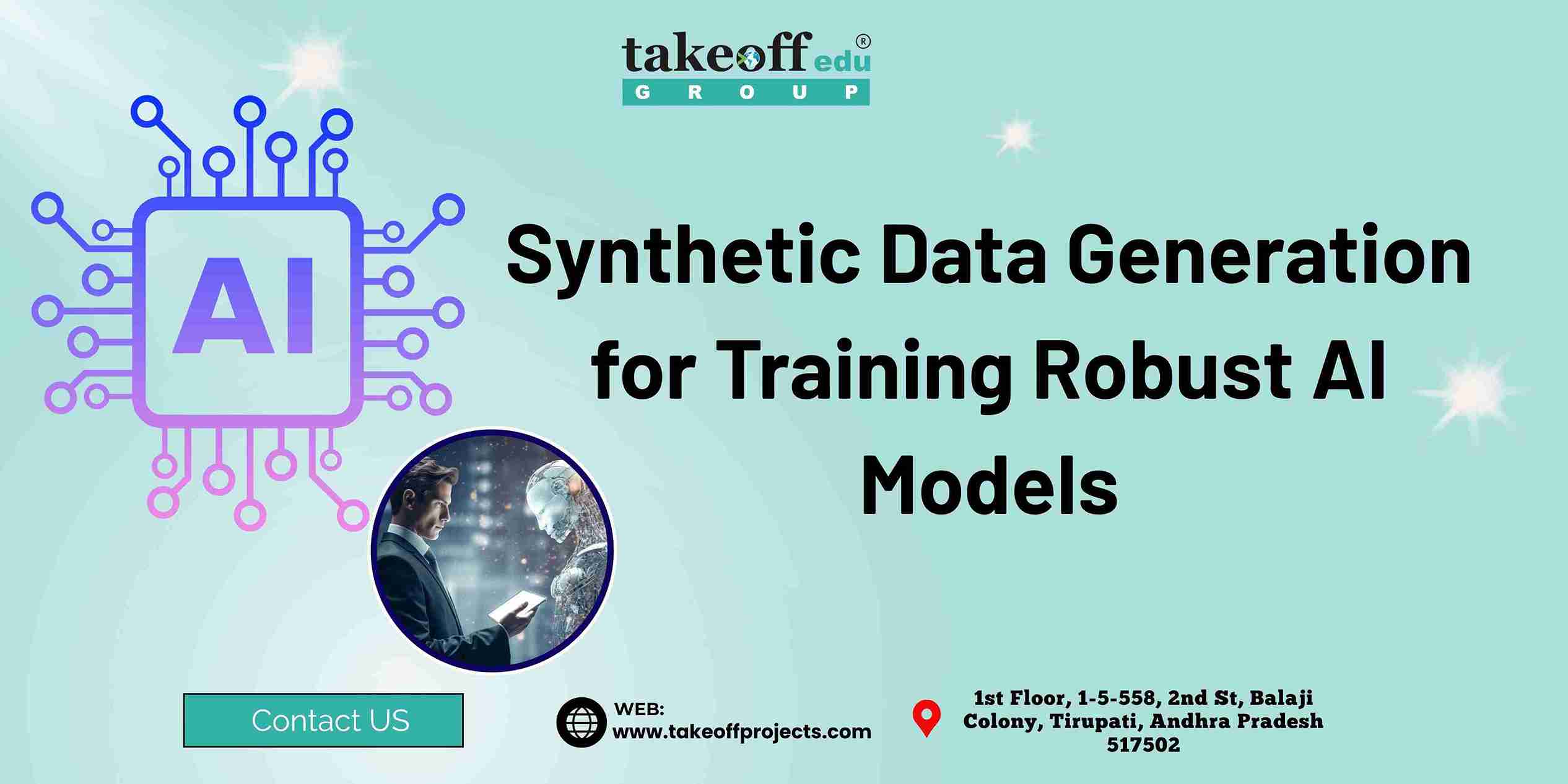 Synthetic Data Generation for Training Robust AI Models
Synthetic Data Generation for Training Robust AI Models 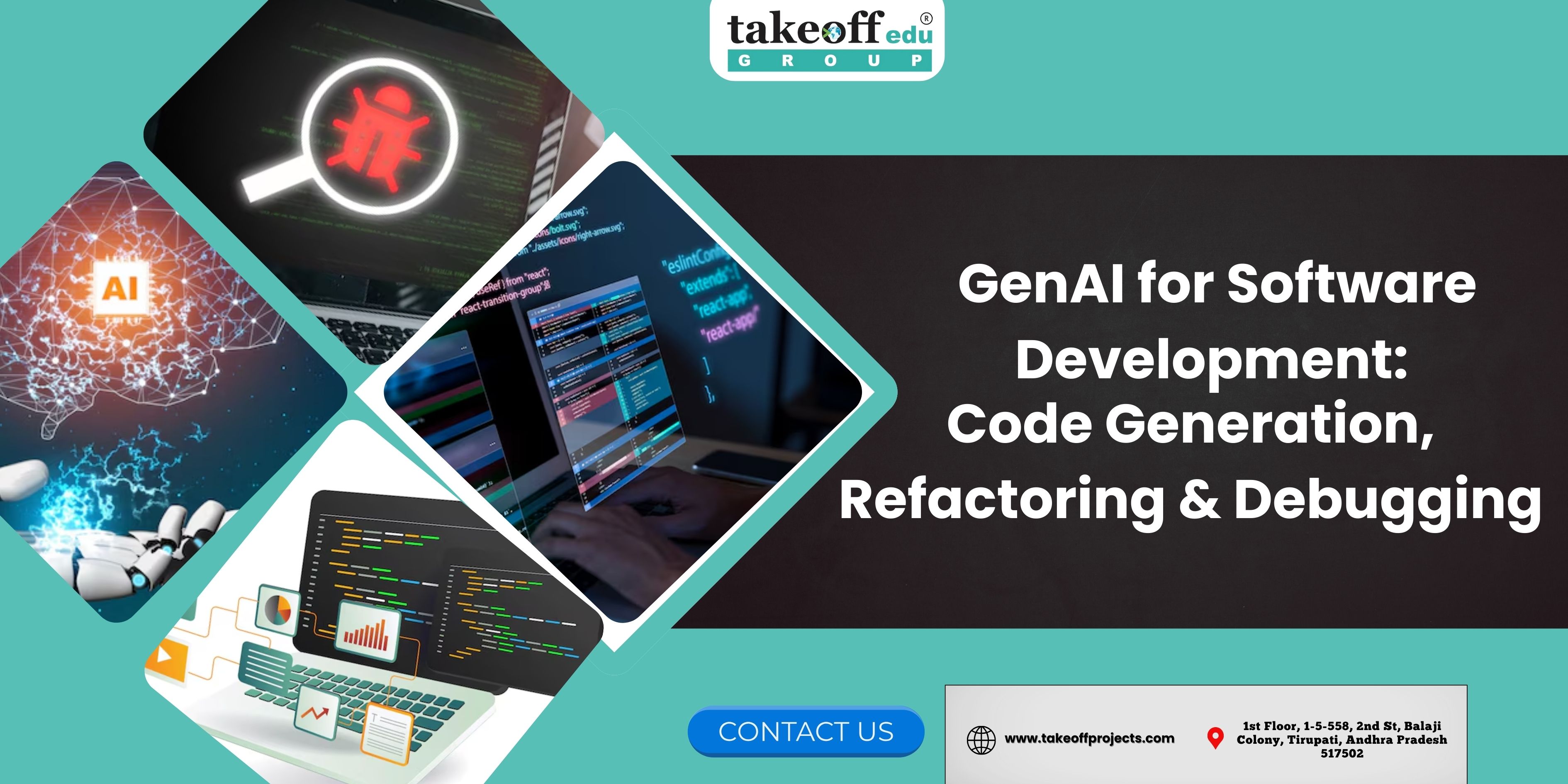 GenAI for Software Development: Code Generation, Refactoring & Debugging
GenAI for Software Development: Code Generation, Refactoring & Debugging 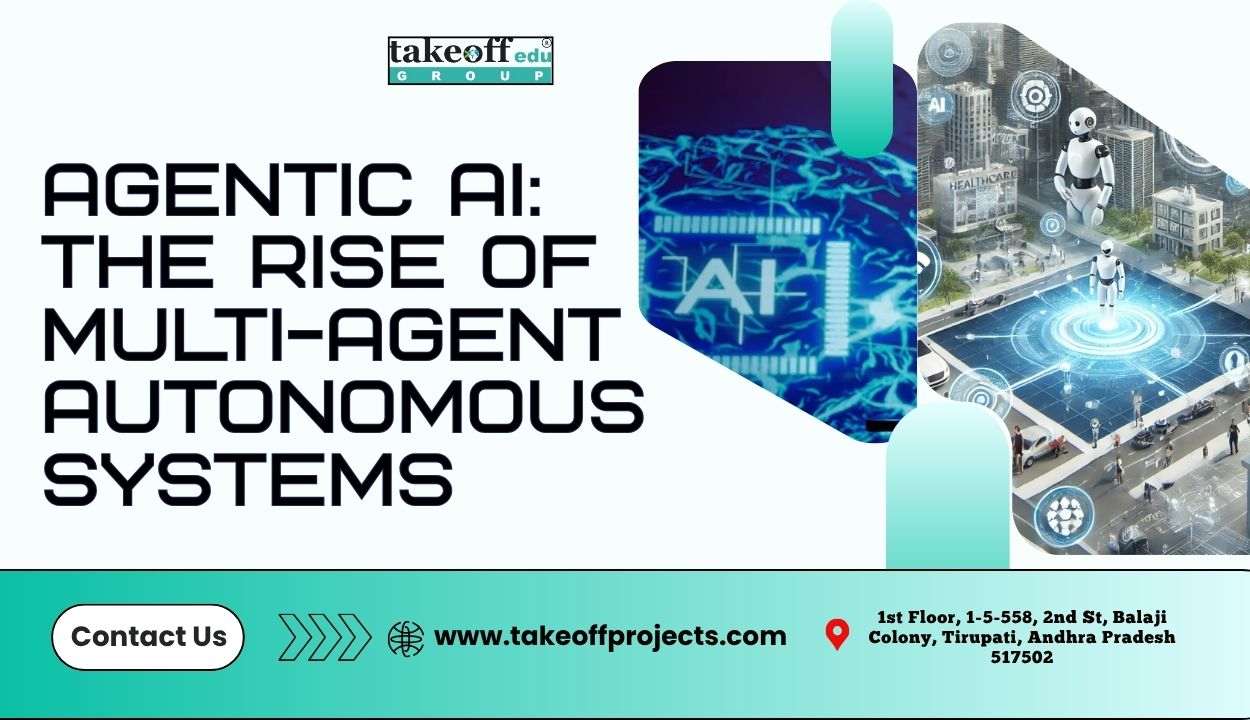 Agentic AI: The Rise of Multi-Agent Autonomous Systems
Agentic AI: The Rise of Multi-Agent Autonomous Systems  Machine Learning Projects
Machine Learning Projects  Fine-Tuning Llama 4 A Guide With Demo Project
Fine-Tuning Llama 4 A Guide With Demo Project 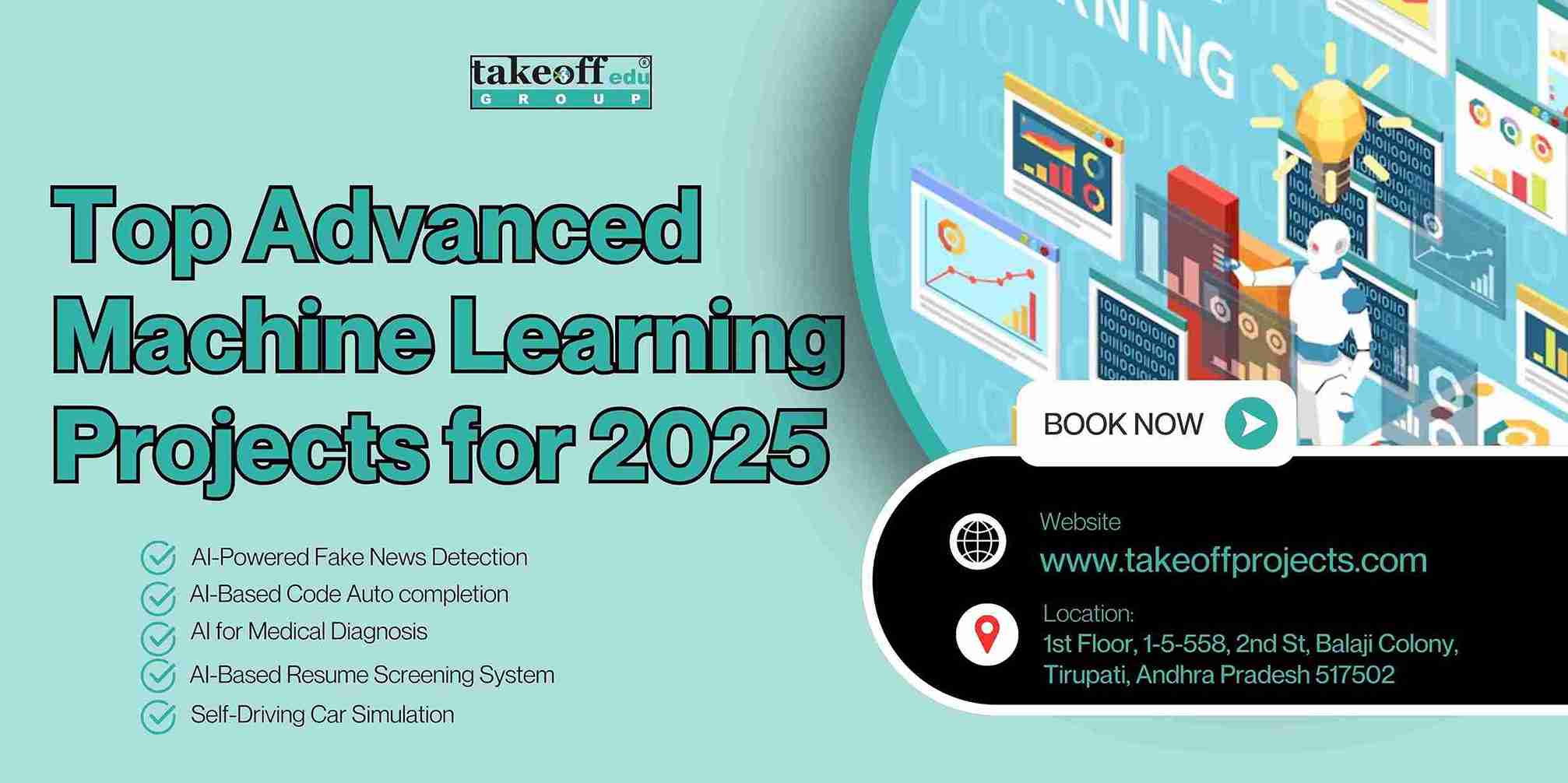 Top Advanced Machine Learning Projects for 2025
Top Advanced Machine Learning Projects for 2025  Machine Learning Projects for Final Year Students
Machine Learning Projects for Final Year Students  Computer Science Projects
Computer Science Projects  Project Ideas for BTech CSE
Project Ideas for BTech CSE  Mini Projects for Computer Science
Mini Projects for Computer Science  Major Project for CSE
Major Project for CSE  IEEE Projects for CSE
IEEE Projects for CSE  Latest CSE Projects Ideas & Topics for Engineering Students
Latest CSE Projects Ideas & Topics for Engineering Students  List of Final Year Projects for Computer Science 2022
List of Final Year Projects for Computer Science 2022  Top 6 Computer Science Engineering Projects
Top 6 Computer Science Engineering Projects 
 Paper Publishing
Paper Publishing


